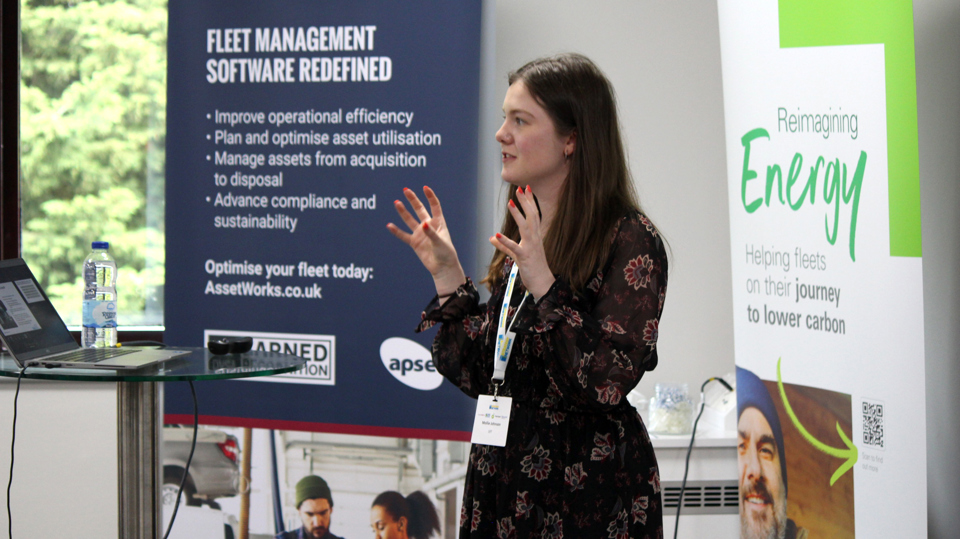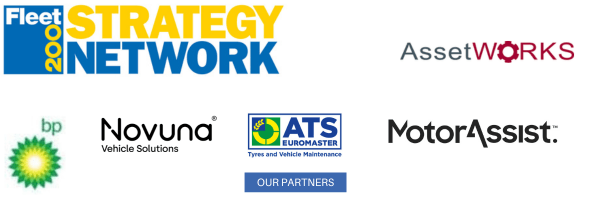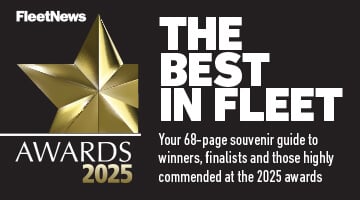The Department for Transport (DfT) is currently shaping an infrastructure strategy for zero emission HGVs which could be ready for launch this year.
A call for evidence was issued last year asking organisations and fleets information about the current and future supply, uptake and use of zero emission heavy goods vehicles (HGVs) (and coaches) across the UK and their refuelling and recharging requirements.
Officials are now currently assessing responses and working with other departments to finalise the strategy.
The Government is ending the sale of new, non-zero emission HGVs less than or equal to 26 tonnes from 2035, and all new non-zero emission HGVs from 2040.
Addressing members of the Fleet200 Strategy Network at a meeting in Daventry on Tuesday, May 21, Mollie Johnson, head of zero emission HGV infrastructure strategy at the Department for Transport (pictured) said: “We’re still very much in the early stages and we are aware that it is a small part of a much bigger puzzle but the DfT has promised to develop a zero emission HGV strategy later this year to provide industry with certainty and our vision for infrastructure.
“It will also outline the roles of government and industry in ensuring that the infrastructure is where it needs to be ahead of the 2035 and 2040 end of sale dates.”
She told the meeting that the call for evidence resulted in 88 responses, many from trade associations which had surveyed their own members. A third came from companies which ran their own HGV fleets.
The survey asked which technology fleets were considering using in the future and the message that came back made it clear it wouldn’t just be a one-size fits-all technology solution.
Concerns were voiced over high cost of vehicles and the real-world range.
Johnson added that there was a focus at the DfT on zero-emission HGVs and highlighted initiatives such as the £200 million demonstrator programme, which she said would be able to answer questions about range.
Led by Gridserve, this Government-backed consortium is a project officially called Zero Emission HGV and Infrastructure Demonstrator programme, which is also known as Electric Freightway.
This comprises 33 partner and member companies as well as the utilisation of a 140-plus fleet of eHGVs to develop a bespoke network of EV charging infrastructure across motorway service areas, truck stops and commercial depots.
As part of the £100 million-plus initiative, which includes £62.7m of UK Government support and will run to 2030, Gridserve will install more than 200 high-power chargers across key motorway service areas and more than 10 commercial depot charging locations. Within this, it will deploy at least two 1mW high-power chargers.
Payload was another concern raised and Johnson said the DfT had recently commissioned a study that looked at whether current regulations on dimensions and weights would form a barrier to zero-emission vehicle uptake, which was now being reviewed internally.
Fleet respondents also told the DfT that they would need to ‘plan better’ to make the transition. By this they meant updating delivery schedules, better route planning to accommodate where and when to stop to charge, for example.
Although respondents were happy for the charging infrastructure to be run by private companies, they wanted to see government step in to ensure charge points were installed at strategic locations and guarantee electricity supply.
For battery electric vehicles, respondents wanted to be able to recharge at their own depots to source energy at a lower cost. For hydrogen, depot refuelling was also a popular option although many chose public locations which respondents felt would be better for ‘insurance purposes,’ Johnson said.
In 2022, the Government said it would develop a plan for zero emission HGV infrastructure rollout as part of its Future of Freight: a long-term plan.
Johnson said the DfT was working closely with the Government’s Freight Council and the Freight Energy Forum to devise the strategy



















Login to comment
Comments
No comments have been made yet.